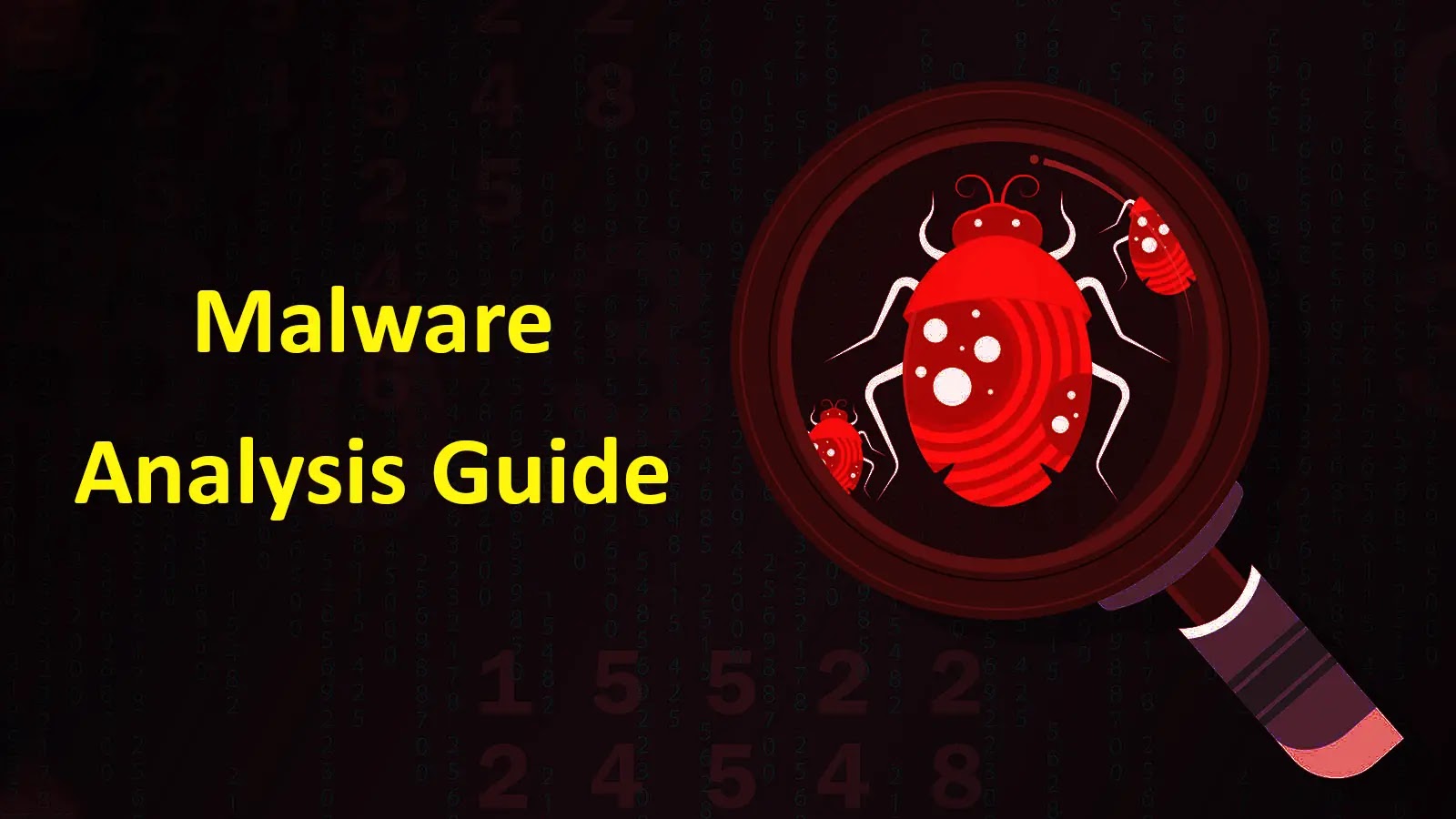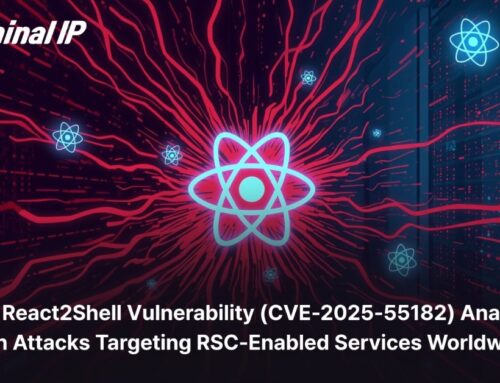
Palo Alto Networks Released A Mega Malware Analysis Tutorials Useful for Every Malware Analyst
Unveiling Advanced Threat Tactics: Palo Alto Networks’ Comprehensive Malware Analysis Tutorials
In the evolving threat landscape, understanding sophisticated malware is paramount for cybersecurity professionals. The ability to dissect complex threats, particularly those leveraging legitimate development tools, is a critical skill for every malware analyst. Palo Alto Networks has recently released an invaluable set of malware analysis tutorials, offering in-depth insights into the dissection of a highly sophisticated .NET-based threat. This initiative provides a vital resource for bolstering defenses against the increasingly intricate attack methodologies employed by threat actors.
The Rise of .NET-Based Threats and Remcos RAT Delivery
Palo Alto Networks’ tutorial focuses on a particularly insidious trend: the abuse of legitimate development environments and tools for malicious purposes. This specific case highlights a multi-stage infection campaign that utilizes the Microsoft .NET runtime to deliver the Remcos remote access trojan (RAT). Remcos is a notorious RAT known for its extensive surveillance capabilities, including keylogging, screen capture, webcam access, and file exfiltration. Its delivery via a sophisticated .NET-based loader underscores the increasing complexity of modern malware.
Threat actors are increasingly gravitating towards frameworks like .NET due to their versatility, cross-platform compatibility, and the ability to build complex, highly obfuscated payloads. The use of legitimate frameworks also helps malware evade traditional signature-based detection, making analysis and defense more challenging.
Deep Dive into the Malware’s Modus Operandi
The Palo Alto Networks tutorials provide a detailed walkthrough of the malware’s lifecycle, from initial infection to the final payload delivery. This includes:
- Initial Dropper Analysis: Understanding how the malware initially gains access and establishes a foothold.
- Multi-Stage Payload Delivery: Deconstructing the successive stages of the infection chain and how each component contributes to the final objective.
- .NET Obfuscation Techniques: Examining the methods used to conceal the malware’s true intent and hinder static analysis, such as code virtualization, string encryption, and control flow obfuscation.
- Remcos RAT Integration: Analyzing how the .NET loader successfully integrates and deploys the Remcos RAT, enabling persistent access and data exfiltration.
- Network Communication Analysis: Investigating the command and control (C2) infrastructure and communication protocols used by Remcos.
Why These Tutorials Are Essential for Every Malware Analyst
These comprehensive tutorials serve as an indispensable resource for both novice and experienced malware analysts. They offer:
- Hands-on Learning: Practical guidance on using industry-standard tools and techniques for static and dynamic analysis.
- Understanding Evolving Tactics: Insight into the latest trends in threat actor methodologies, particularly the exploitation of legitimate software frameworks.
- Skill Development: Opportunities to hone skills in reverse engineering, code deobfuscation, and threat intelligence gathering.
- Proactive Defense Strategies: Knowledge that can be directly applied to improve an organization’s detection and response capabilities against similar sophisticated threats.
Remediation Actions and Proactive Defenses
While the focus of these tutorials is analysis, understanding such threats directly informs remediation and prevention strategies. Organizations should implement the following actions:
- Enhanced Endpoint Detection and Response (EDR): Utilize EDR solutions capable of detecting abnormal process behavior, memory injection, and suspicious network connections, even from legitimate processes.
- Network Segmentation and Monitoring: Implement strong network segmentation to limit lateral movement. Continuously monitor network traffic for suspicious C2 communications, especially beaconing or unusual data exfiltration.
- Application Whitelisting: Employ strict application whitelisting policies to prevent the execution of unauthorized or untrusted executables.
- Regular Security Awareness Training: Educate users on identifying phishing attempts and social engineering tactics, as these are often the initial vector for such sophisticated attacks.
- Patch Management: Ensure all software, especially operating systems and development frameworks, are kept up-to-date with the latest security patches to mitigate known vulnerabilities.
- Static and Dynamic Analysis Integration: Incorporate static and dynamic analysis tools into your security operations to proactively identify and understand new threats.
For context, while there isn’t a specific CVE for the Remcos RAT itself (as it’s a tool, albeit frequently misused), its delivery mechanisms often exploit vulnerabilities. For example, some common vulnerabilities in .NET applications that could be leveraged may include issues related to improper input validation or insecure deserialization, potentially leading to remote code execution. Analysts should stay updated on CVEs related to .NET frameworks, such as CVE-2023-28292 (A Privilege Escalation Vulnerability in .NET) or CVE-2023-38178 (Denial of Service Vulnerability in .NET), although the specific attack in the tutorial may not directly leverage a CVE for initial access.
Conclusion
Palo Alto Networks’ release of these comprehensive malware analysis tutorials is a significant contribution to the cybersecurity community. By meticulously detailing the dissection of a sophisticated .NET-based threat delivering Remcos RAT, they equip analysts with the knowledge and techniques necessary to combat increasingly complex adversary tactics. Investing time in these tutorials will undoubtedly enhance one’s ability to understand, detect, and respond to advanced persistent threats, strengthening overall cybersecurity posture in an ever-challenging digital landscape.





